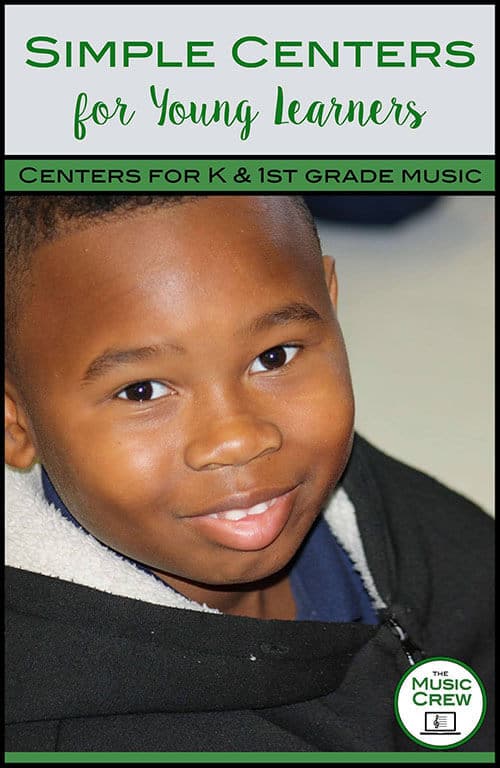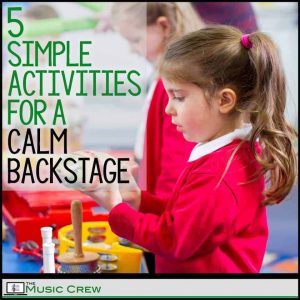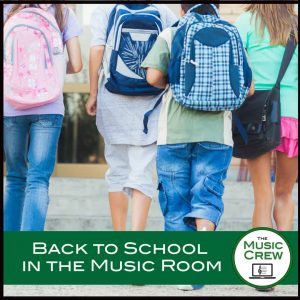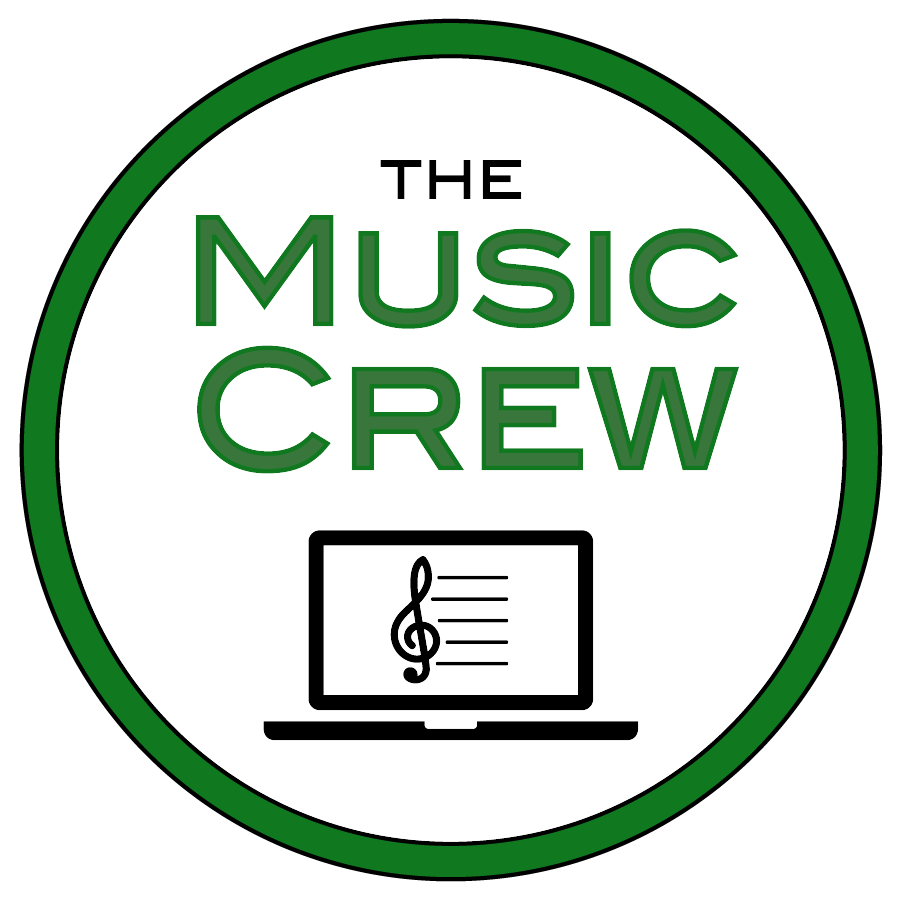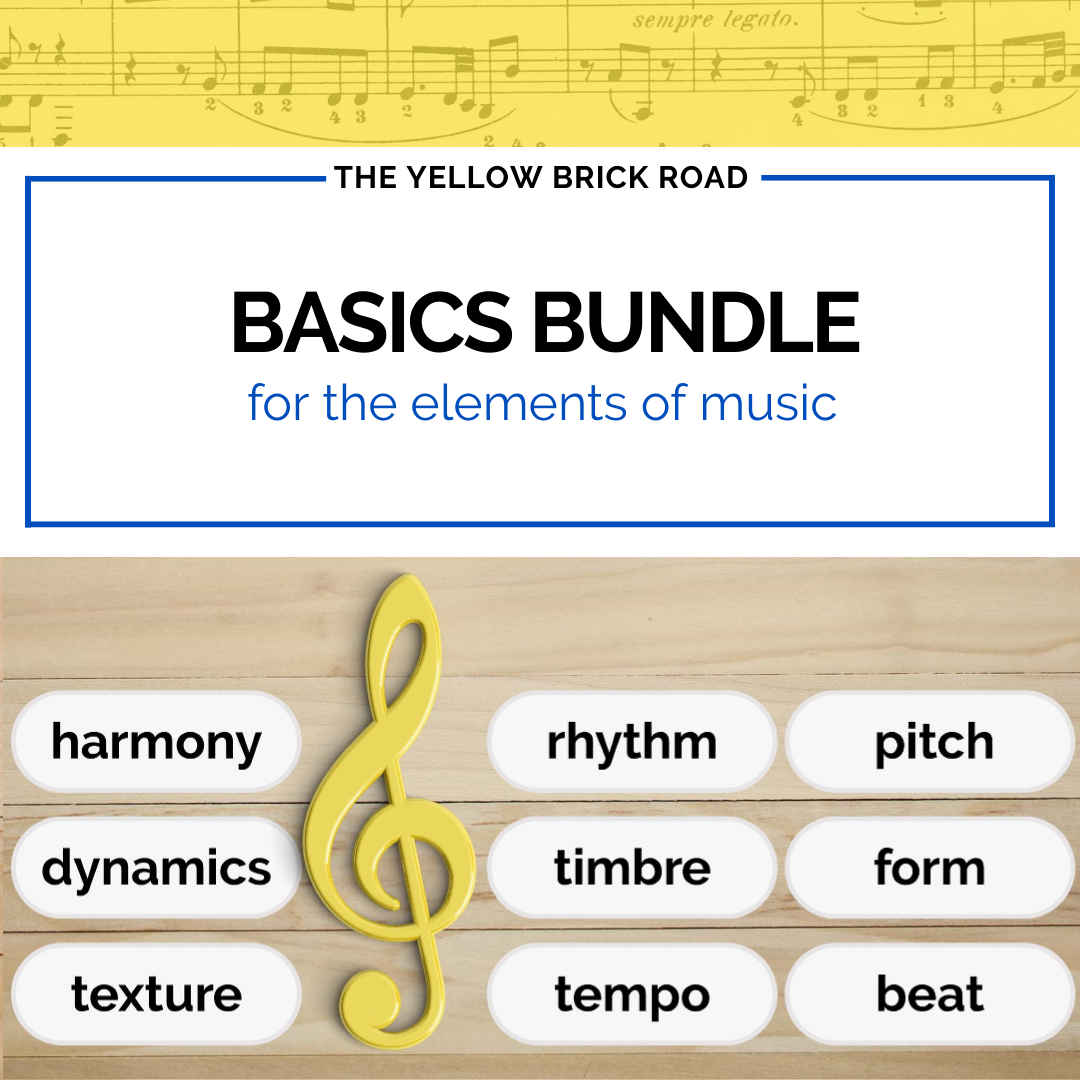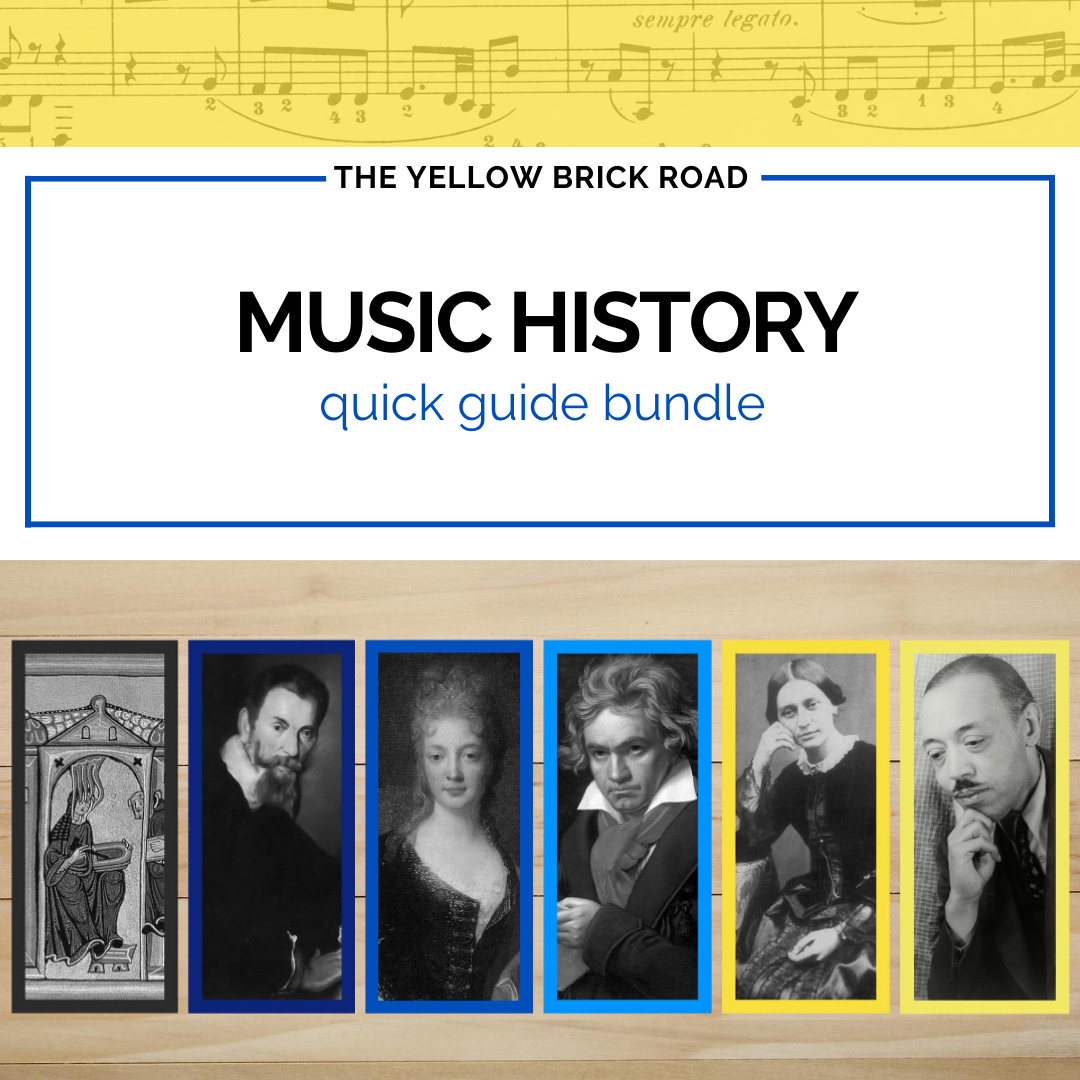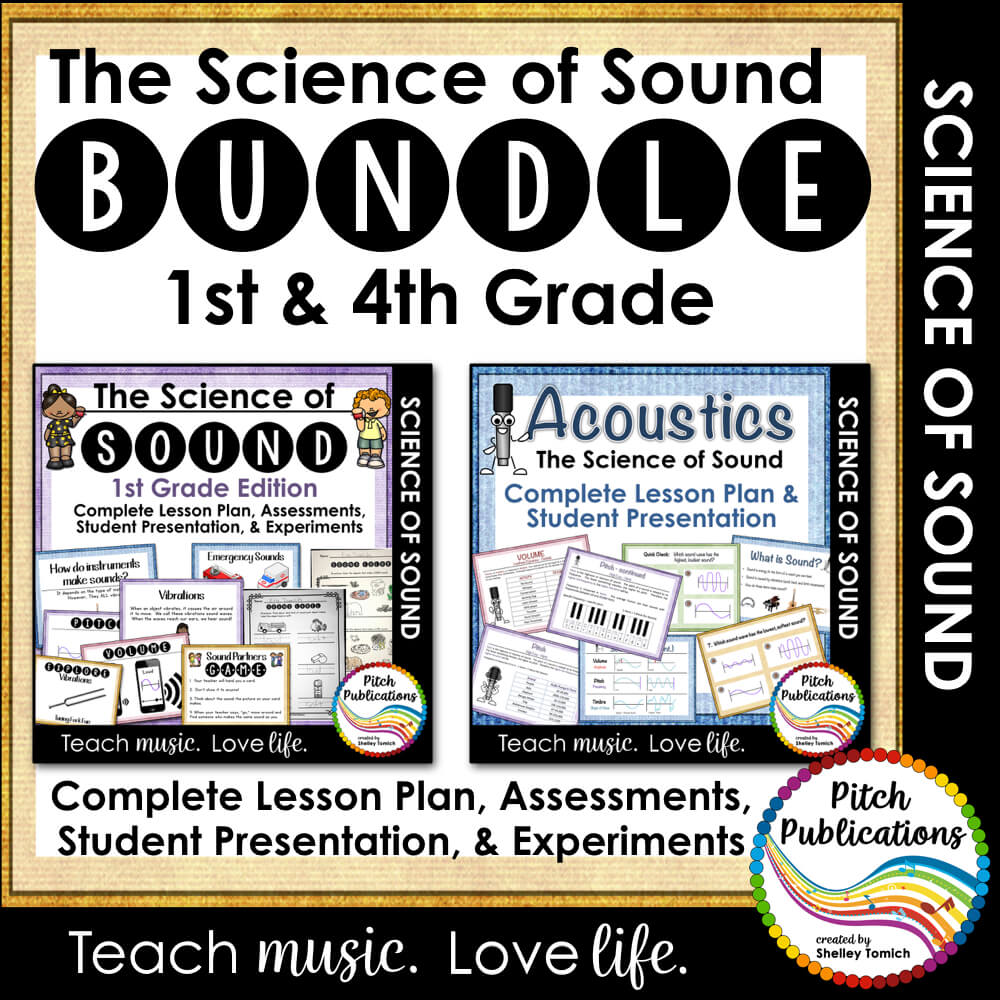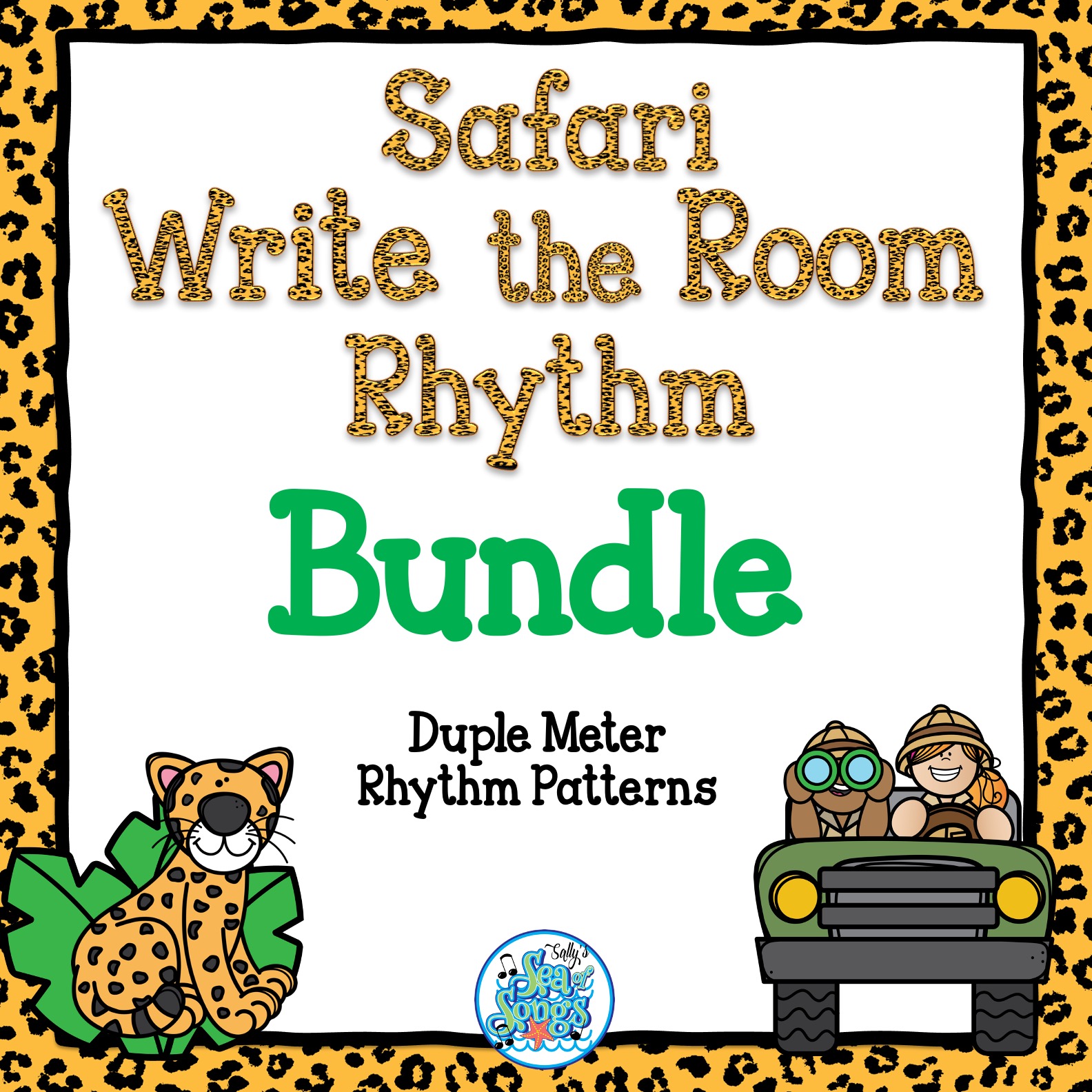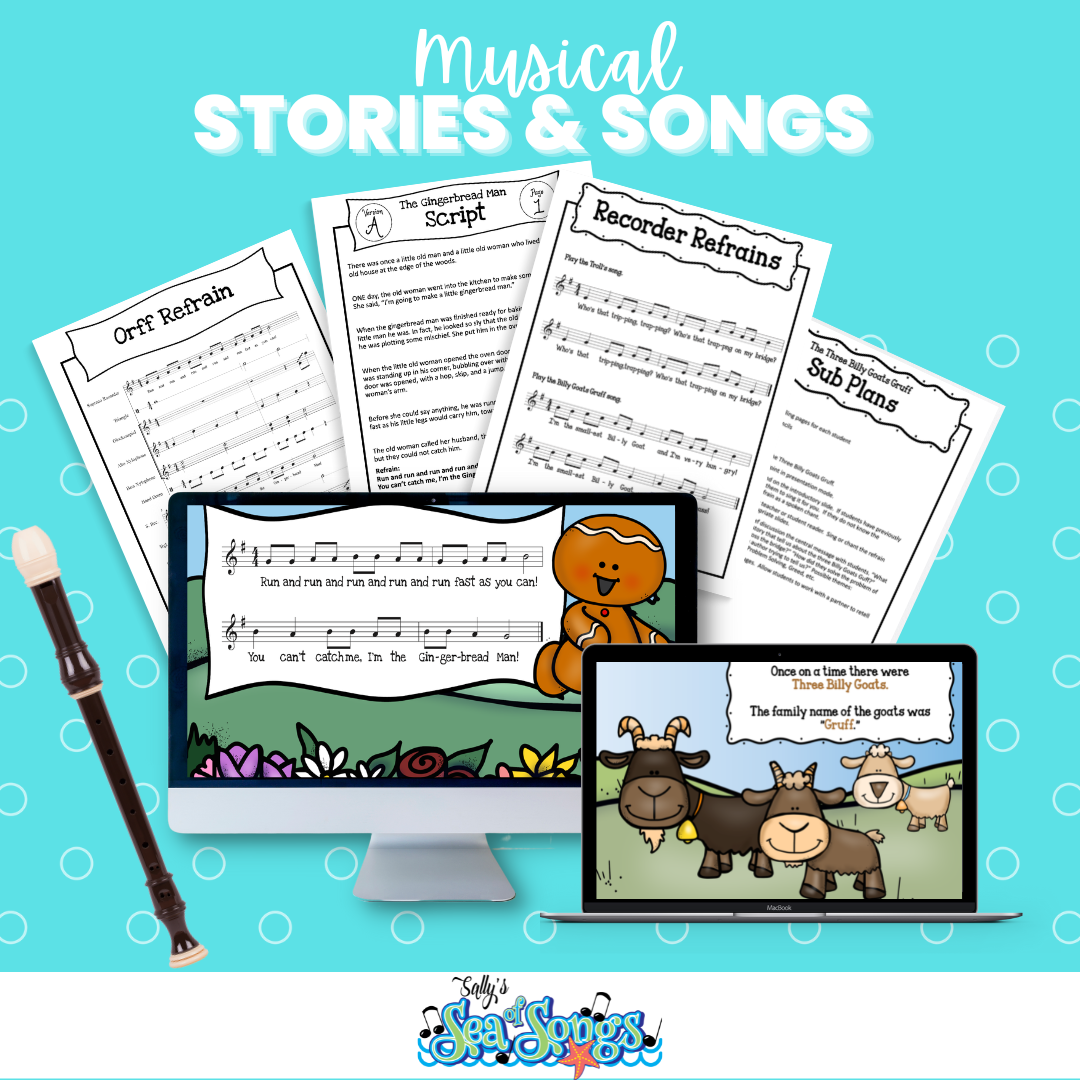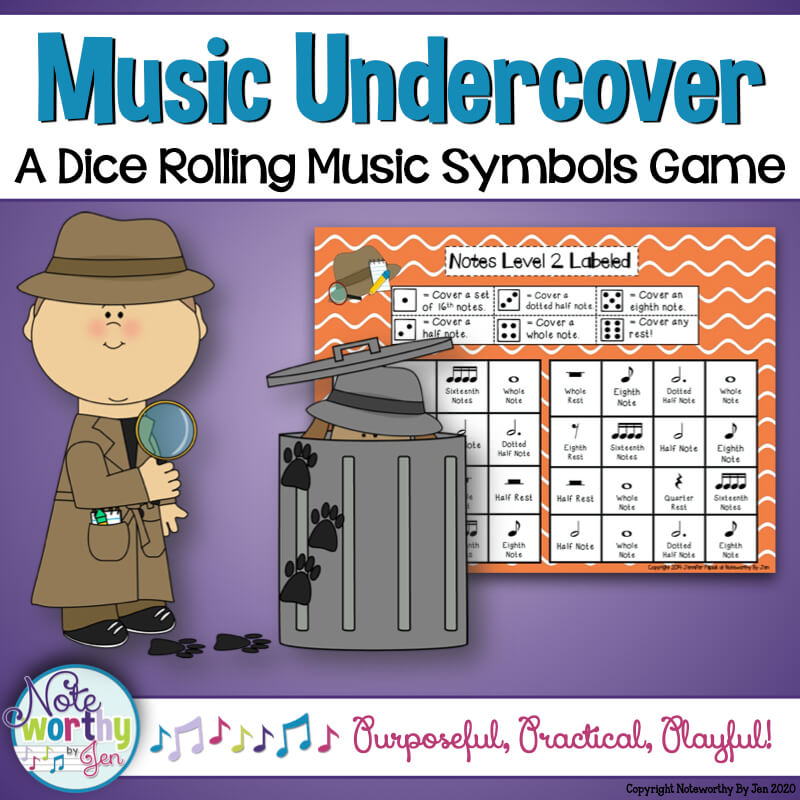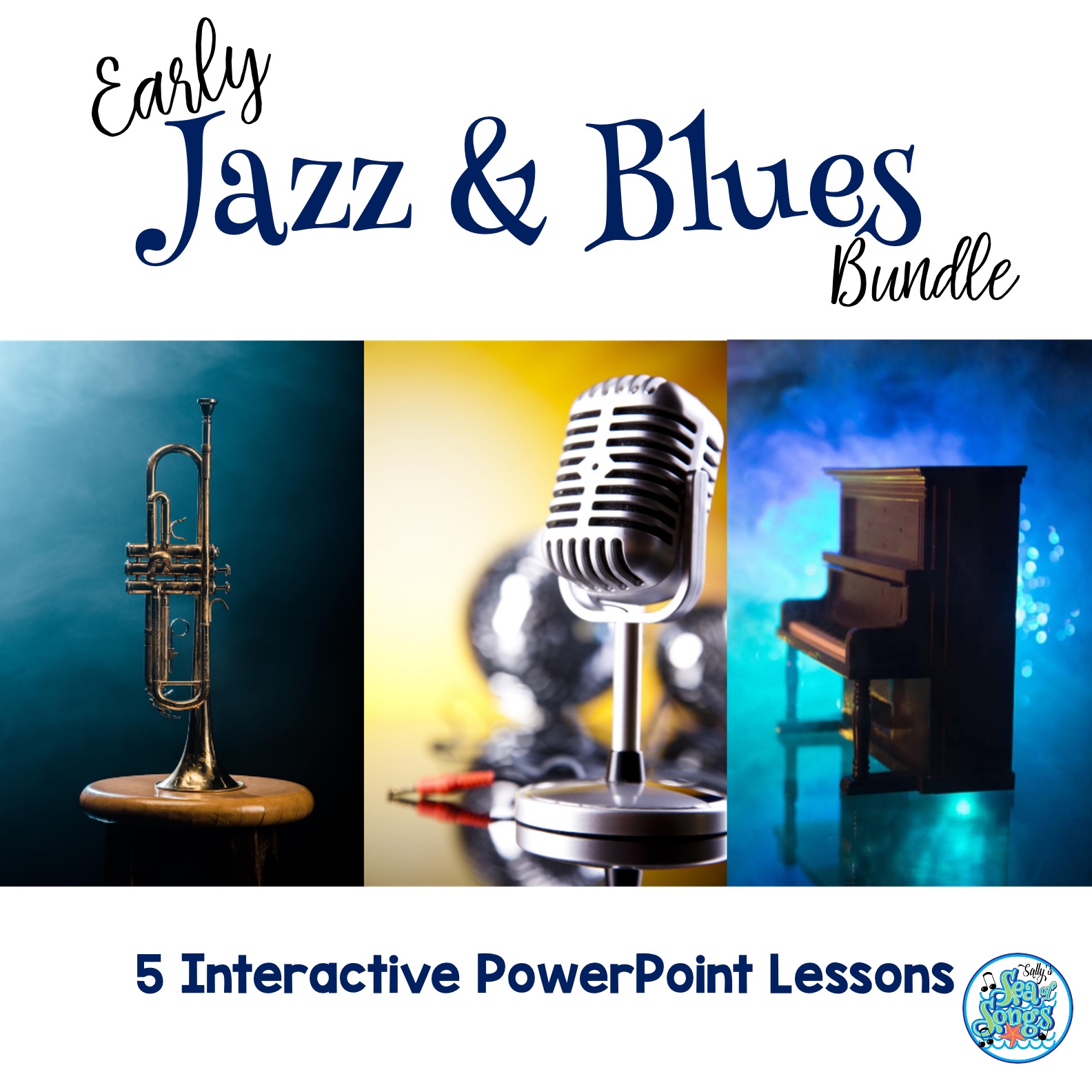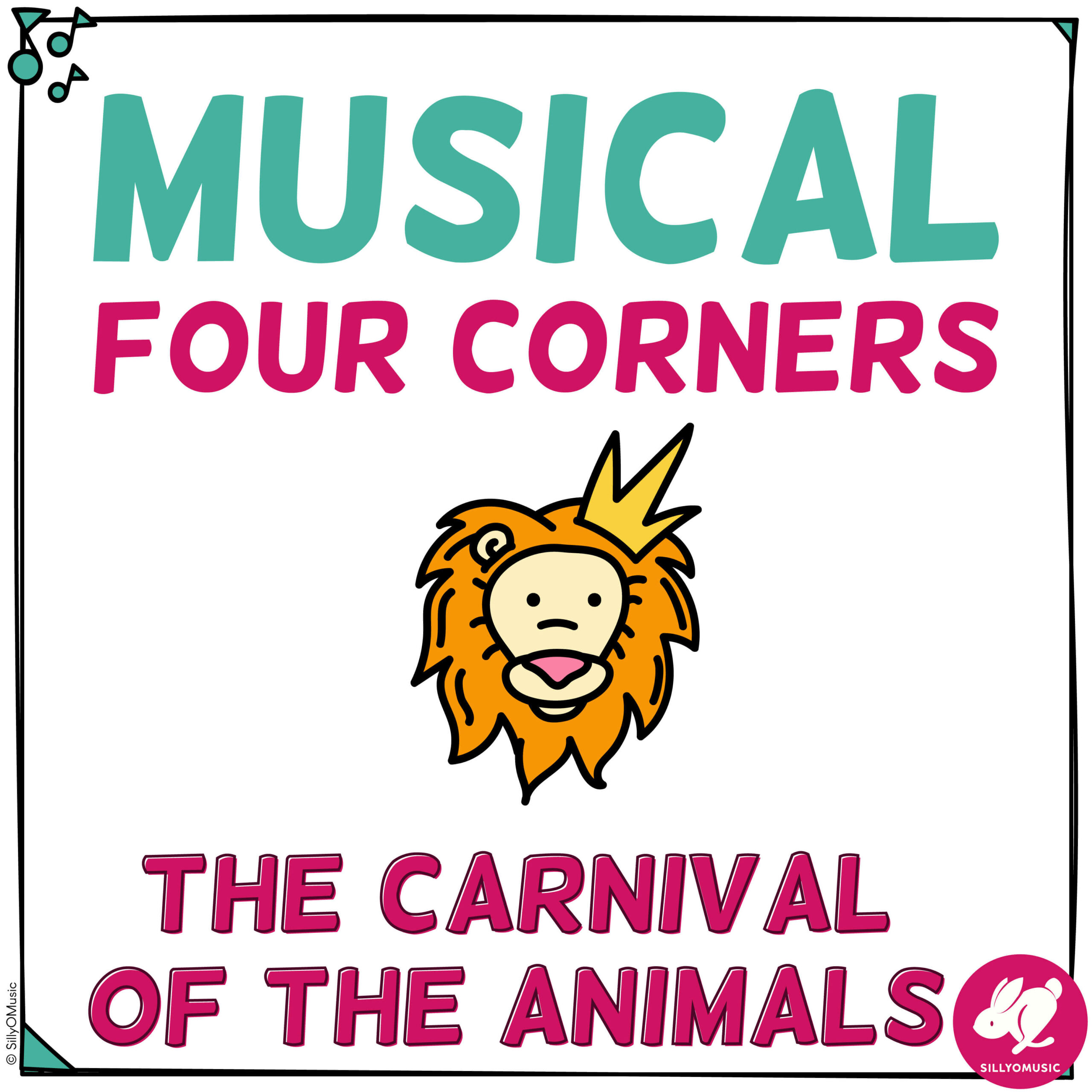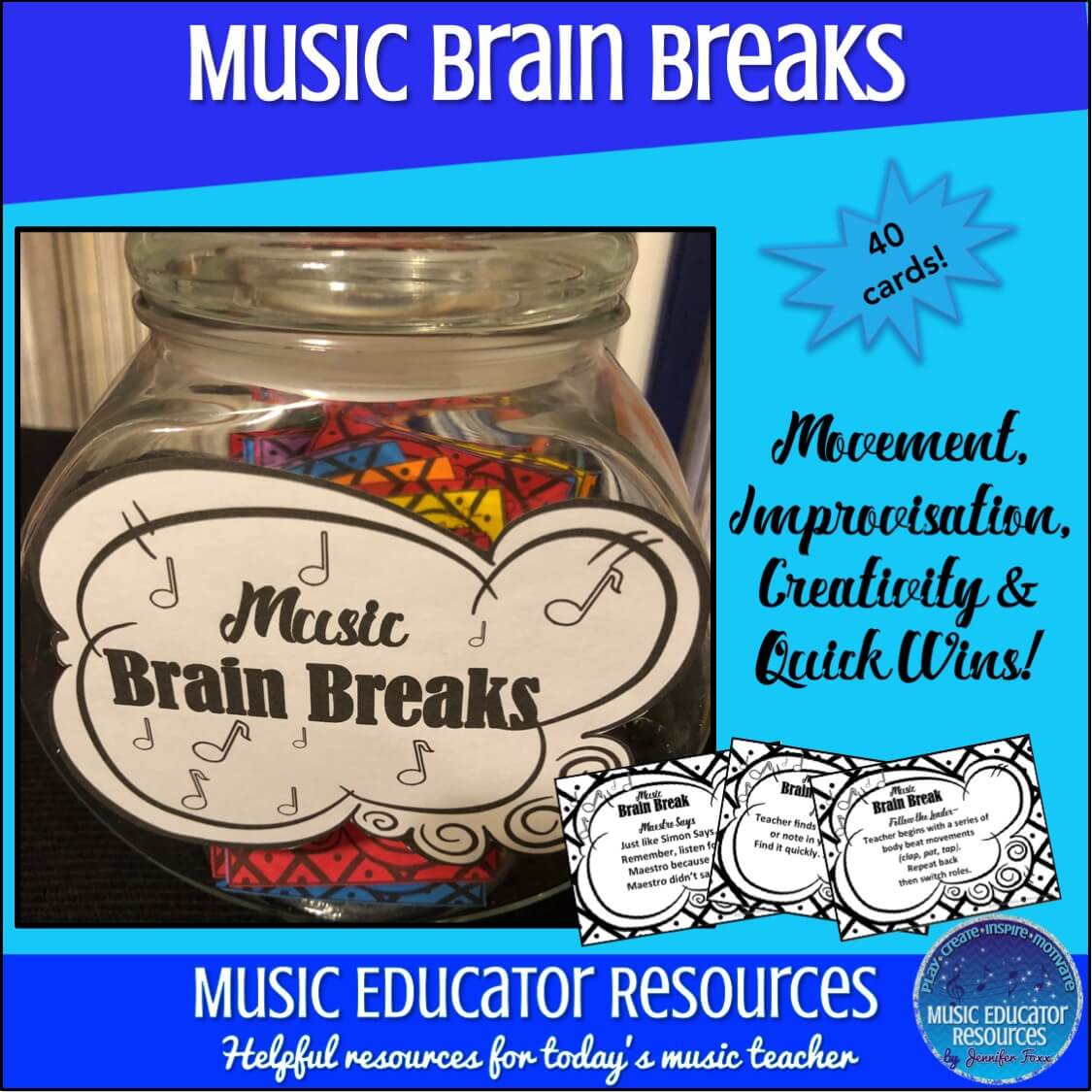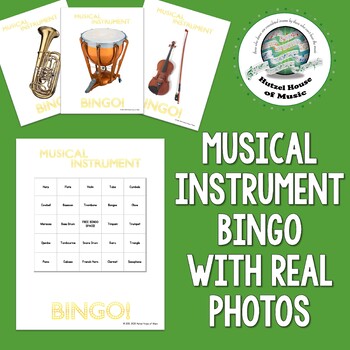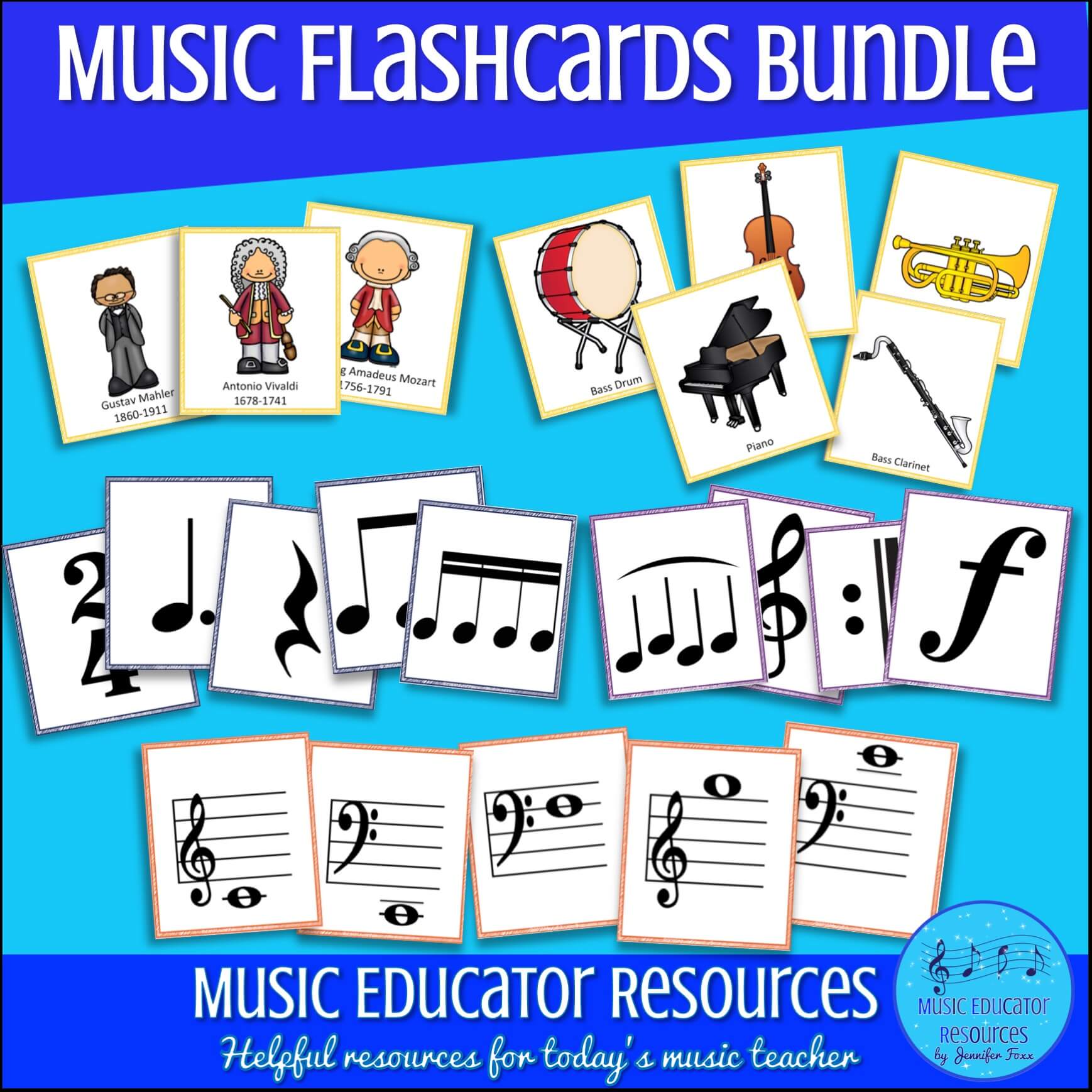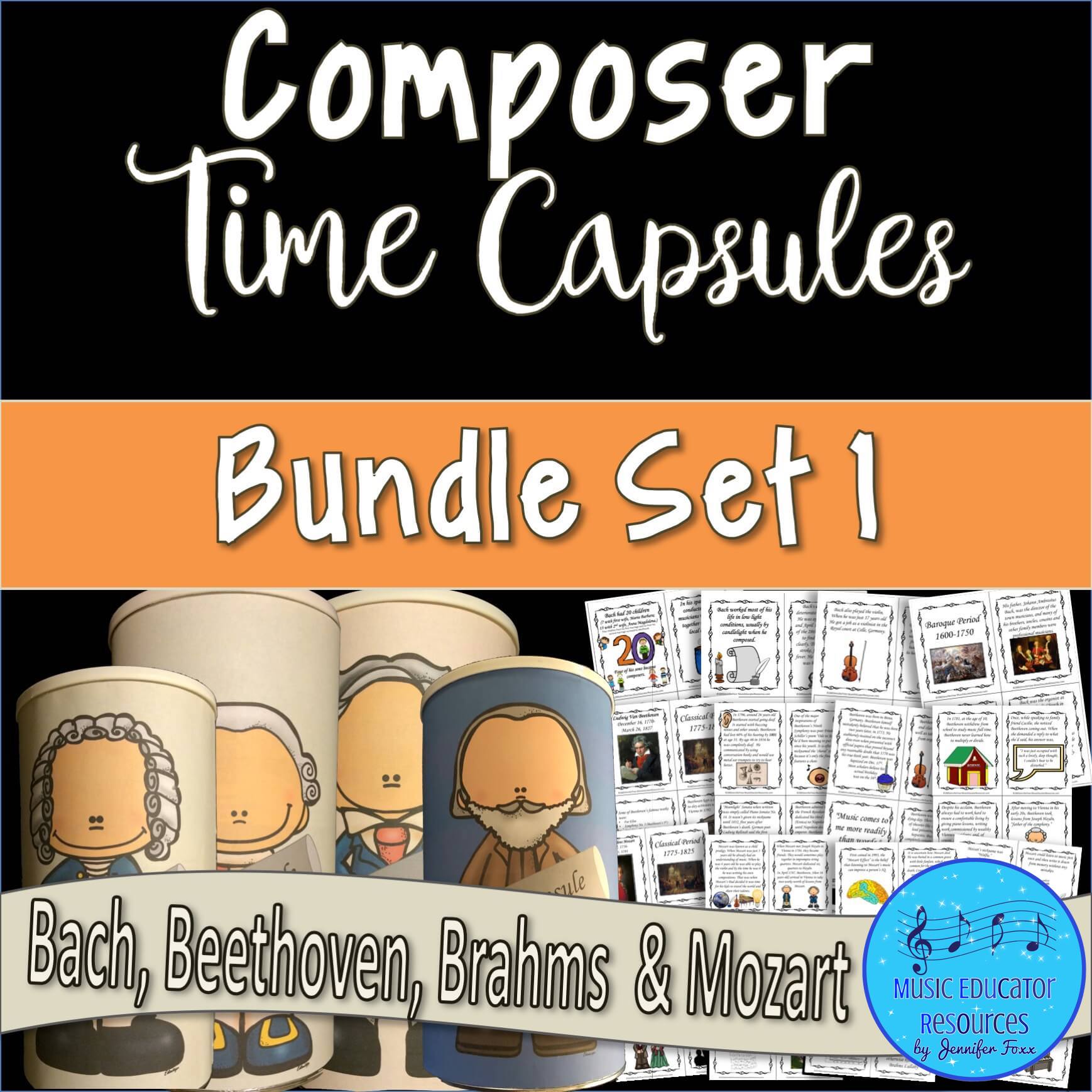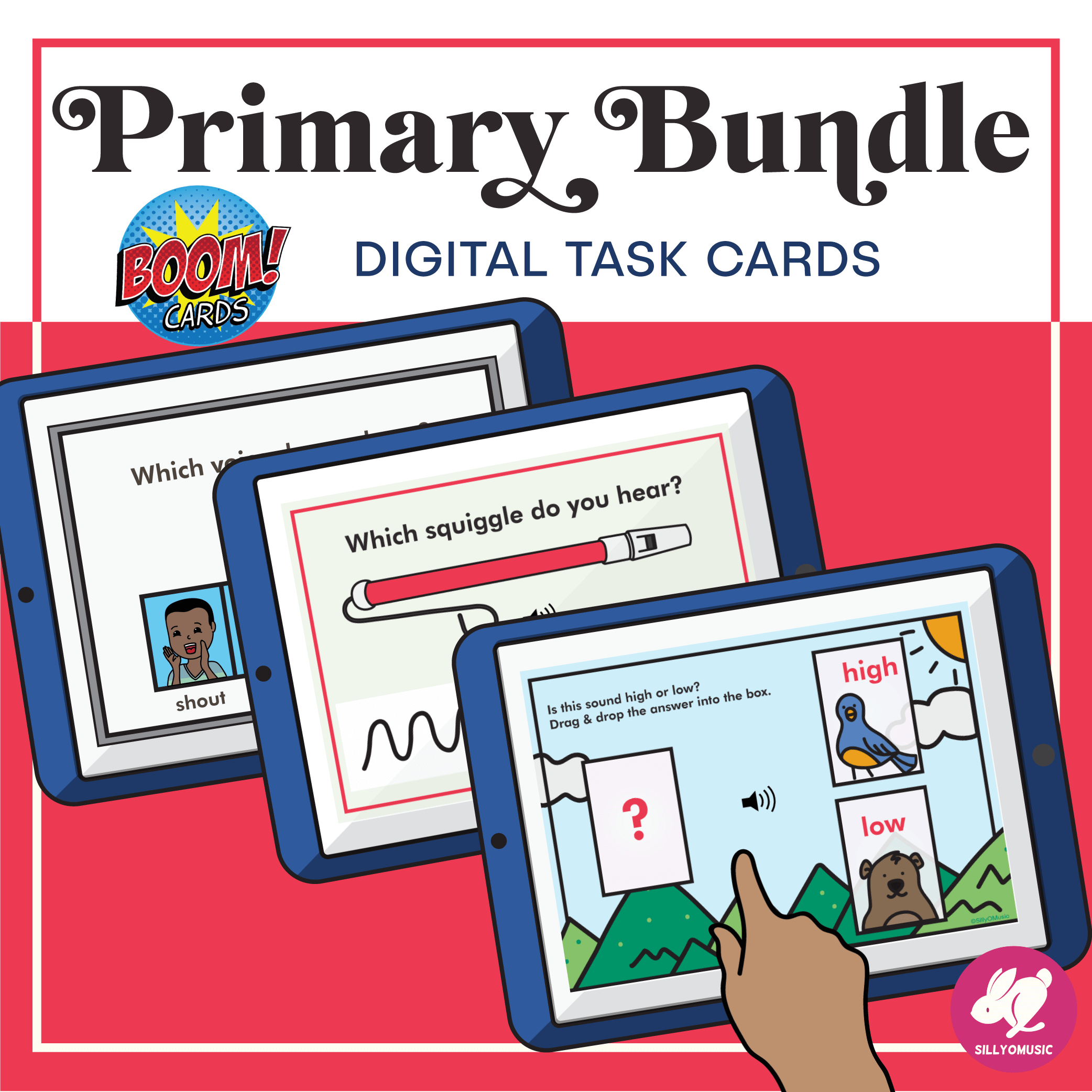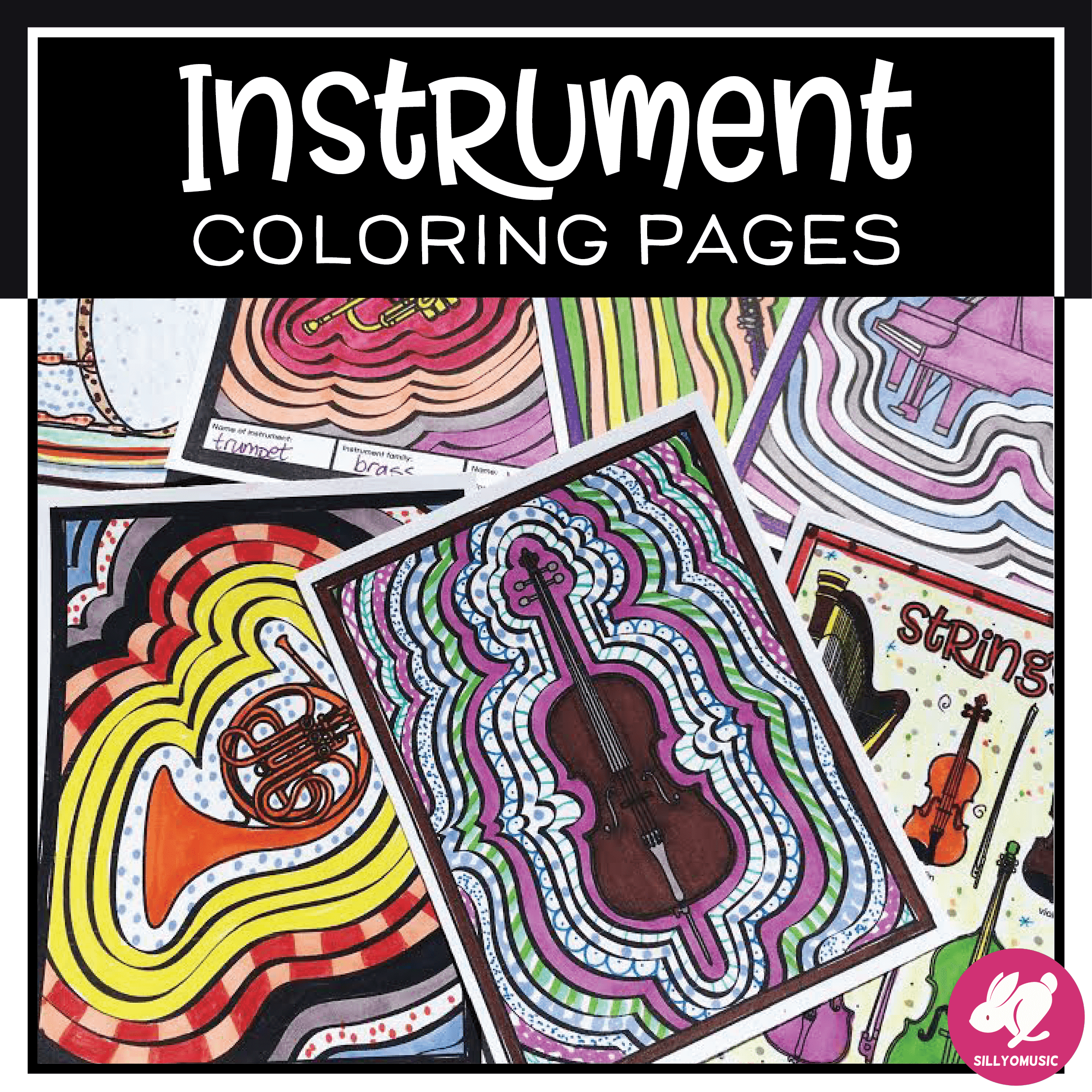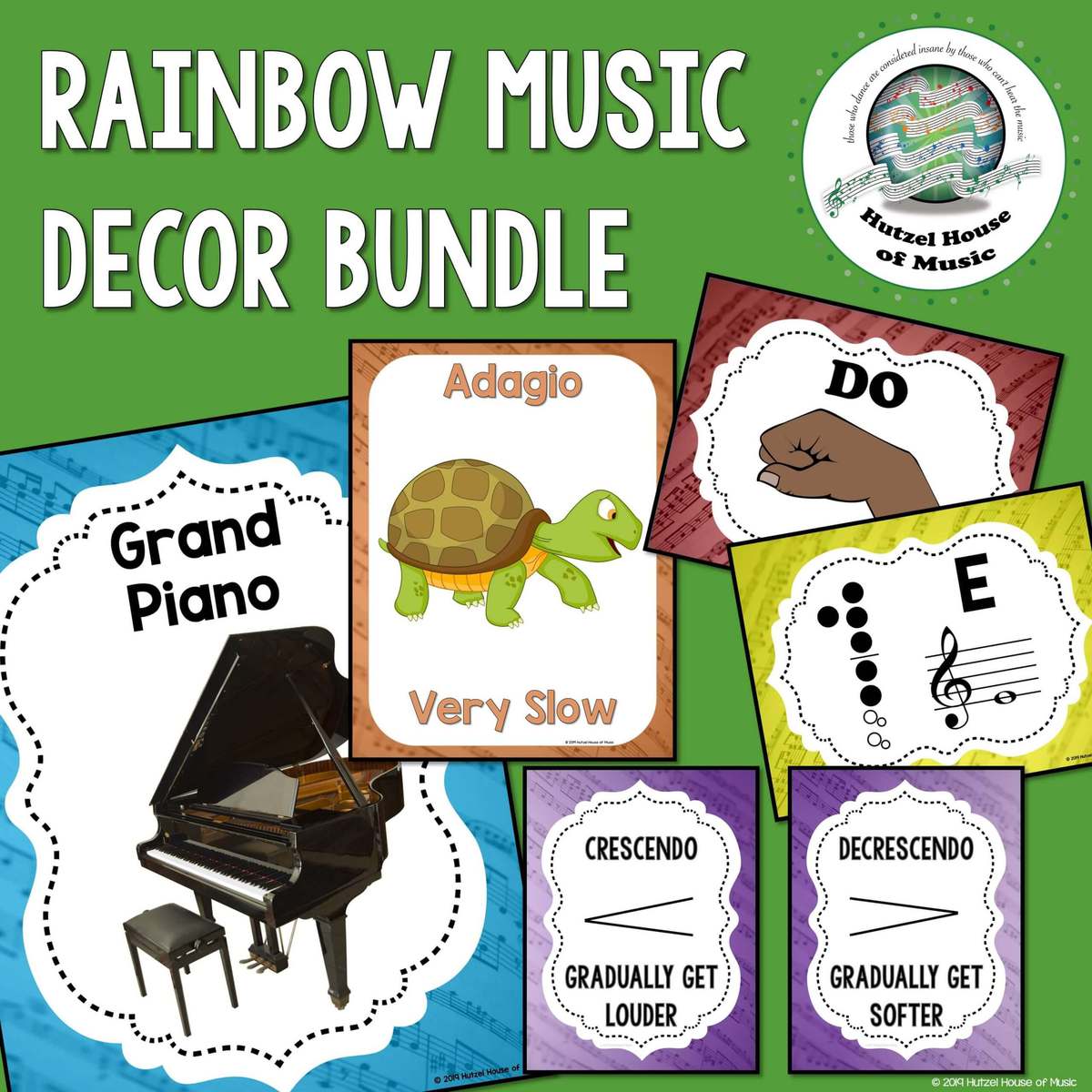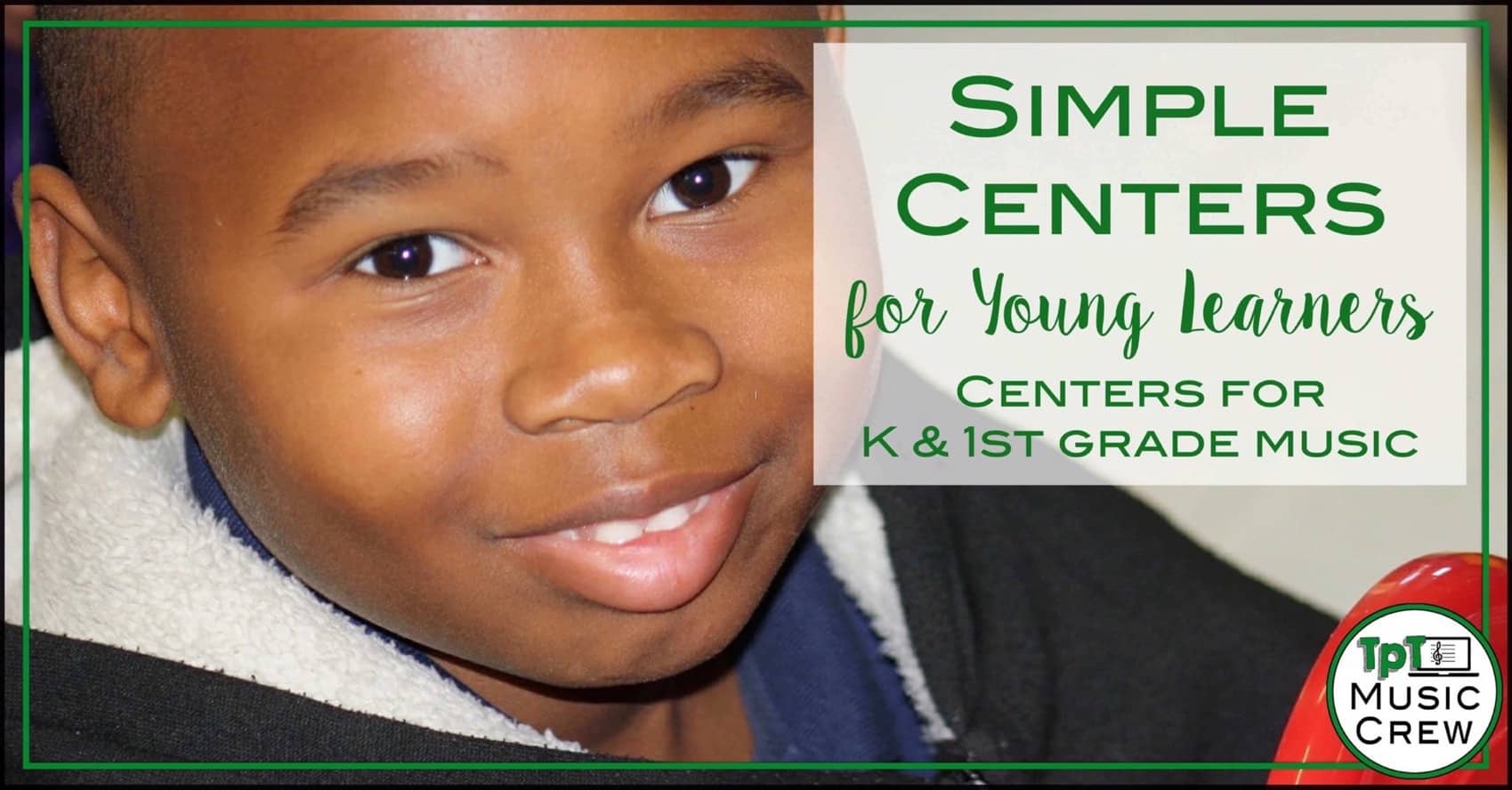
I love using centers to allow my K and 1st grade students explore with instruments and take care of individual assessments at the same time! But sometimes planning enough centers for an entire class rotation can be daunting.
Here are 5 simple centers that you can plug into your centers rotation with very little effort!
The Setup:
- I create a bucket for each center, including all the items needed for that center. I include any instruments, props, pointers, beat charts, song title cards; basically, I want this to be completely student-led so that they aren’t coming up to me every five seconds. Ha!
- I add a large number to the outside of each bucket, so my students can help each other rotate when I give the signal.
- I spread these buckets around the edge of the room. If you can stand a little mess, these buckets can stay out for the entire 3-5 week rotation. It makes it so quick to get started each time!
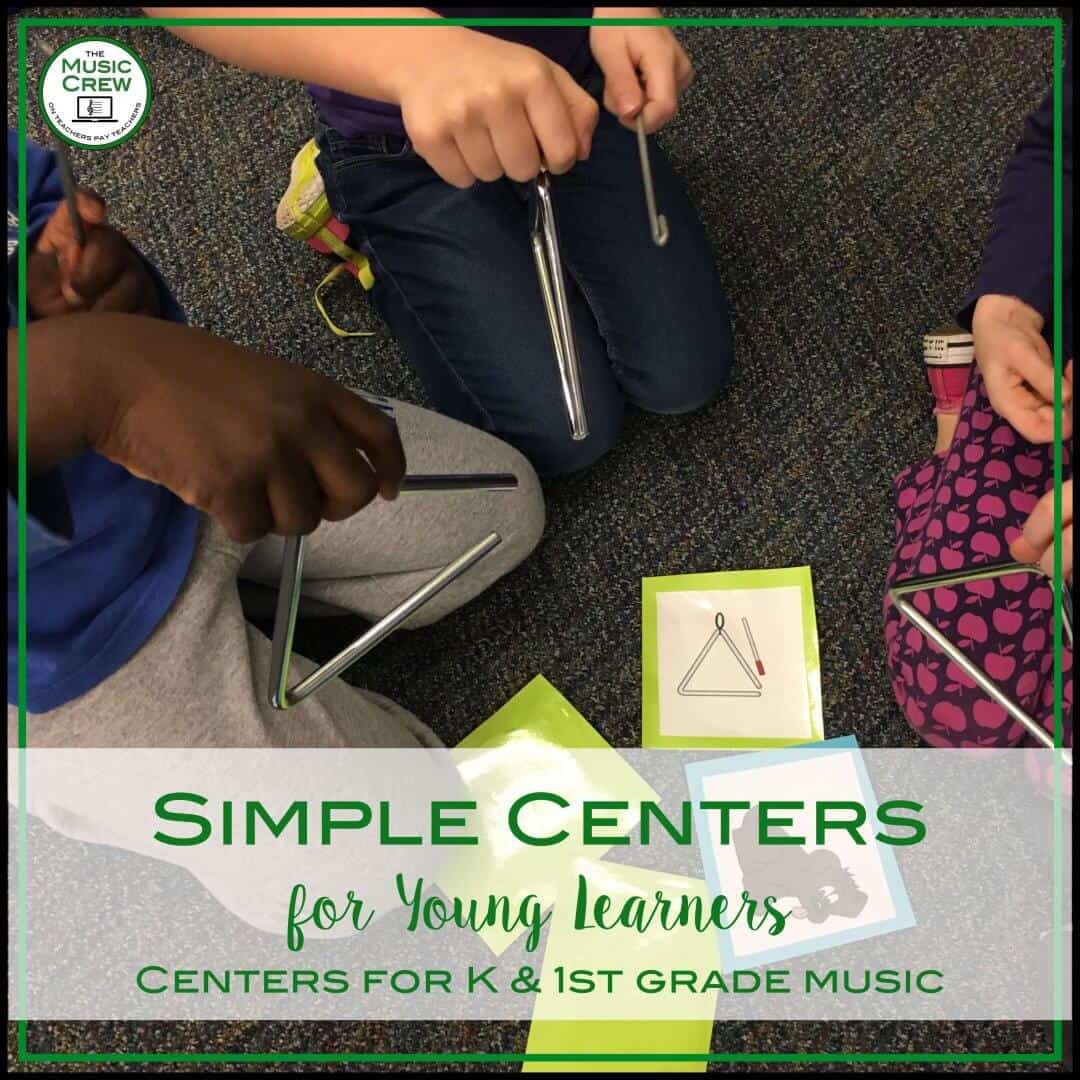
Center #1 – Instrument Play with Song Title Cards
For this center, I made a bunch of song title cards using an icon only (clip art, no words) to represent each song title. Then I made a bunch of classroom instrument cards with a picture of one instrument on each card.
What’s in the bucket:
- 4 or 5 song title cards (on one color paper)
- 4 or 5 instrument cards (on another color)
- 3 of each of the instruments that are on the cards (If I have triangle, shaker egg, and drum cards in the station, I have to have 3 triangles, 3 shaker eggs, and 3 drums in the bucket.)
I try to make sure each center has a good mix of shakers/scrapers/strikers, metals/woods, obnoxiously loud/softer timbres, etc., but you can use whatever is in your instrument collection!
PRO TIP: Each day, when I remind them of which center they’re going to first, I say the three names in order – Marshawn goes first, then Landon, then Julissa. That helps.
What to do:
- Student #1 sets out all the cards face down.
- Student #1 turns one song title card and one instrument card face up.
- Student #1 passes out the instrument that was picked to each person in the group and starts singing the song from the song title card. The others in the group sing and play with them. They love being in charge of starting the song and being the leader!
- Flip the cards back over and the next person has a turn – they can pick the same cards or try new combinations!
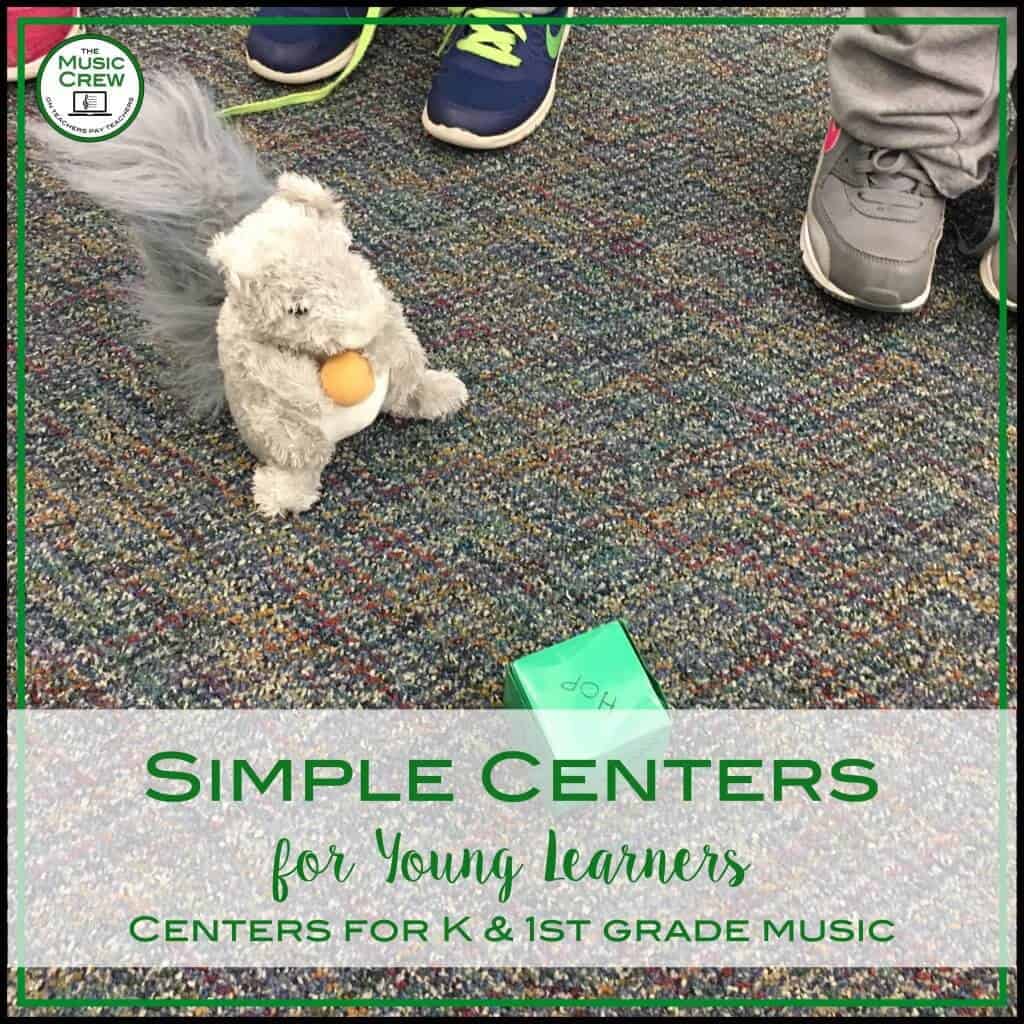
Center #2 – Movement Improvisation
This is a super simple center that my students just adore!
What’s in the bucket:
- a stuffed squirrel
- a movement cube
That’s all!
In my GT training, we made little paper cubes for adding randomization to our lessons. I used mine for movement words – they are easy to make and the kids love “rolling the dice.” Just google “diy cube” to make your own!
What to do:
- Student #1 rolls the movement dice (while holding the stuffed squirrel).
- The whole group has to sing Hop Old Squirrel with that movement word. March, Fly, and Twirl are some of my K babies’ favorites.
PRO TIP: You should teach Hop Old Squirrel before doing this center. One year I forgot – oops! So, that whole centers rotation, I told them to hold Mr. Squirrel and count to ten while doing the movement. It worked, but it’s much better with the song!!
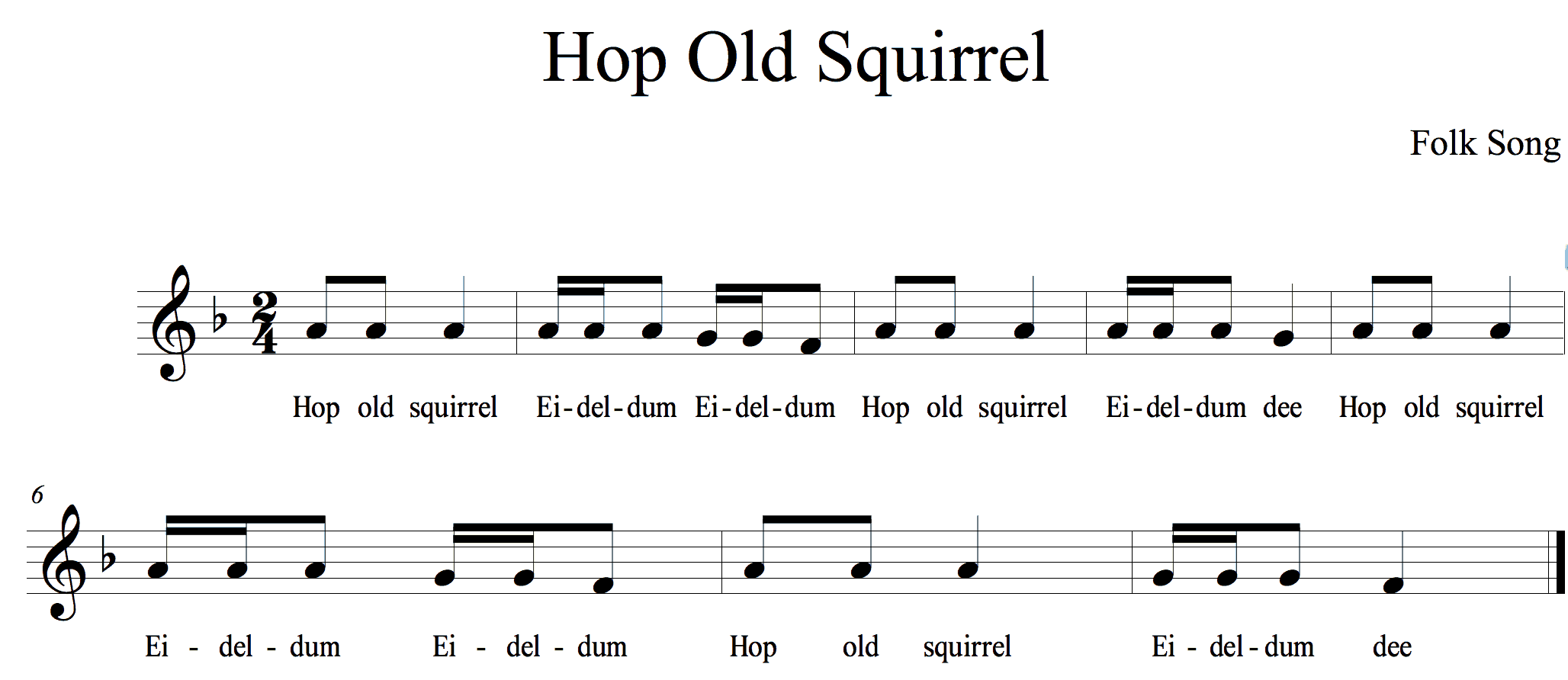
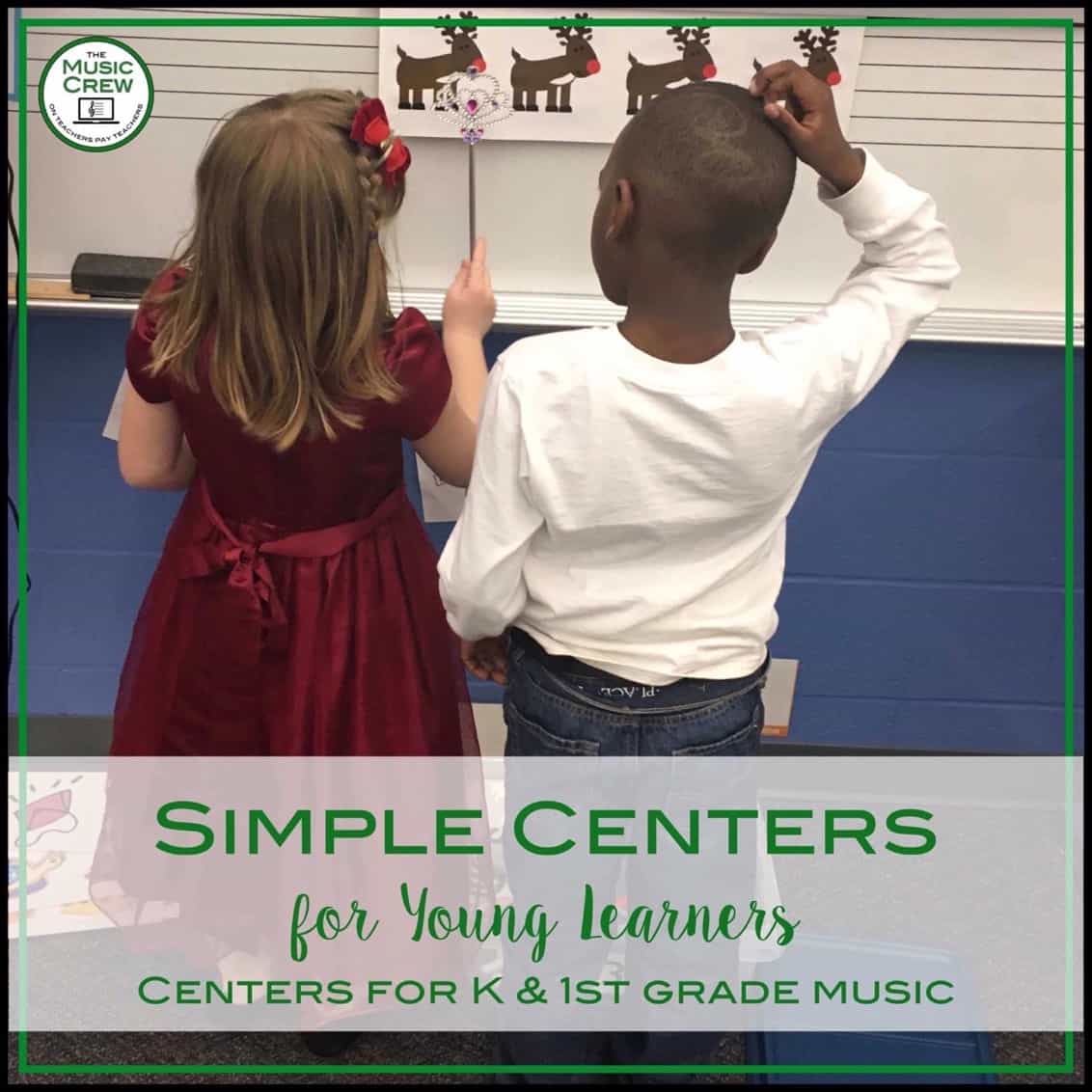
Center #3 – Beat Keeper
This is another super simple center that can be adapted to use your interactive white board as well.
What’s in the bucket:
- “beat keepers”
- a pile of old 4-beat icon charts
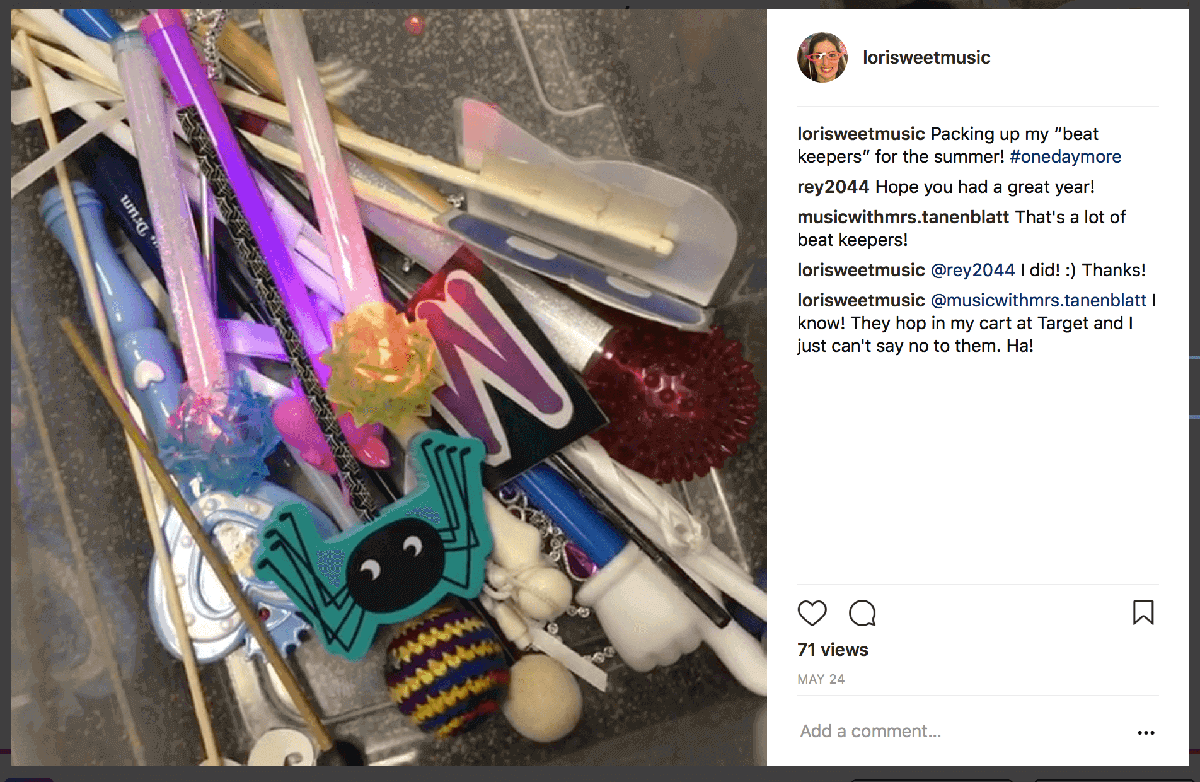
What to do:
- Student #1 picks a beat keeper and a beat chart.
- Group members sing with them and do the motions (if any) or keep the beat on their bodies while Student #1 taps the beat on the beat chart.
You can also do this with rhythm charts! To adapt this to your interactive whiteboard screen, open several beat or rhythm charts on your screen and let students pick from there.
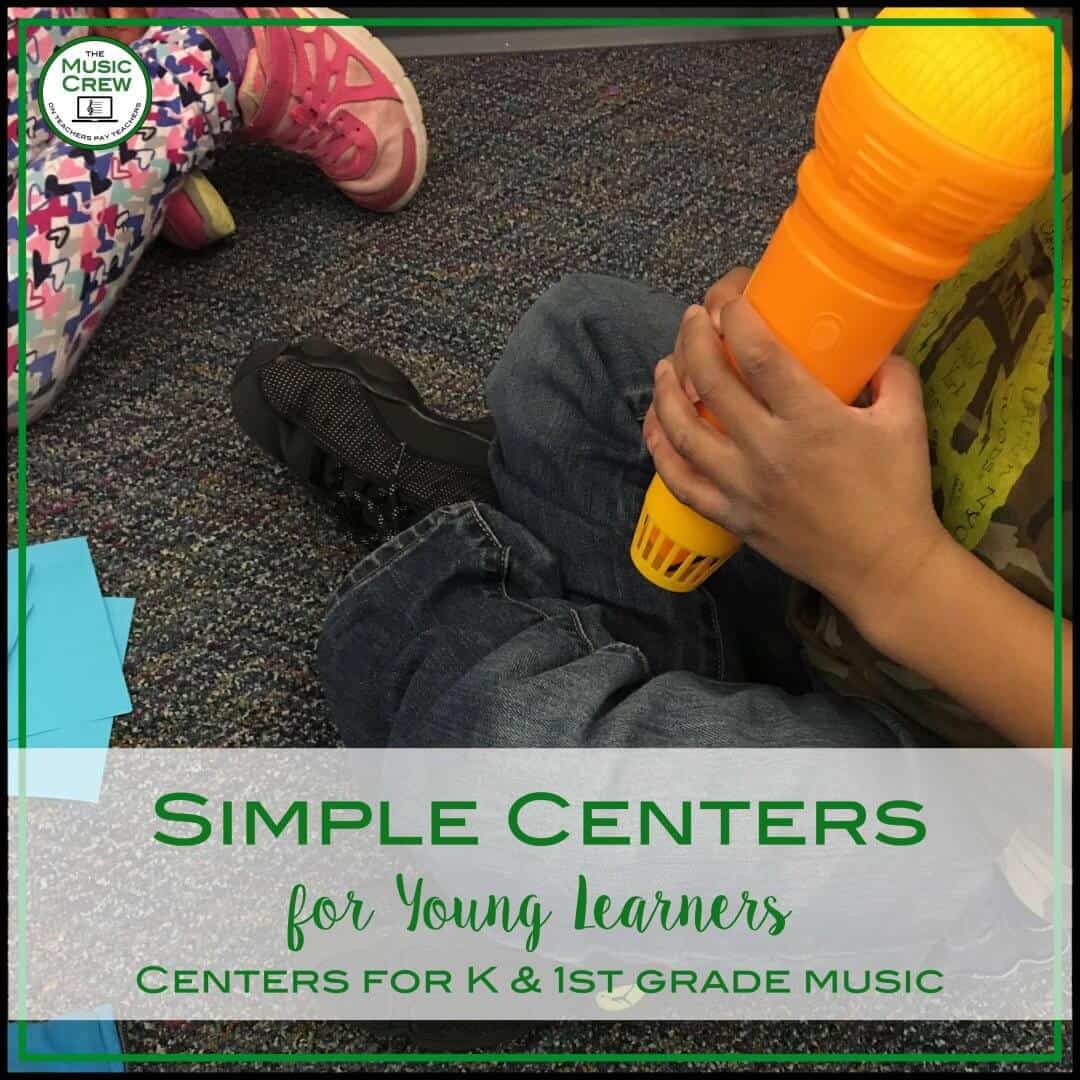
Center #4 – Echo Mic
I got an echo mic as a door prize for a training one day and this center was born! This is a quieter version of my Instrument Play center.
What’s in the bucket:
- Echo mic
- 2 instruments (I like using odd instruments that I only have one of or that don’t get played often!)
- 10 or more song title cards
What to do:
- Student #1 picks a song title card to sing and gets to hold the mic.
- The others play along with the instruments (either to the rhythm or to the beat).
So easy and hilarious – their little personalities really come alive with a mic in their hand!
Center #5 – Finger Puppets High/Low
What’s in the bucket:
- 3 durable plastic finger puppets
- 6-7 song title cards
- 2 choice cards – HIGH and LOW
What to do:
- Student #1 picks their finger puppet first; the other students pick theirs next.
- Student #1 turns over a song title card and either HIGH or LOW.
- The group makes their finger puppet sing the song using their high voice or low voice. (And I make them move their fingers to the rhythm – a little tiny bit of part-work never hurt!)
Surprisingly, these simple activities are some of my students’ favorite centers!
3 Bonus Tips
- Use a drum or non-verbal signal to tell students when to change to the next center. My current process:
- play the pattern on the drum (this means freeze)
- when frozen, say, “Clean up your stations, get ready to move”
- after their center is cleaned up, they stand & point to the next center in the rotation
- once every group is standing, play the pattern again and students go to the next station
- Have duplicates of centers – it’s really ok! In each centers rotation, I make enough centers so that there are 3 kids at a center (so about 10 centers). I have up to 5 Instrument Play centers (with different instruments and different song title cards, of course!), plus about 5 unique centers.
- Get your assessment out of the way! After the first day (or two) of centers, I grab my roster clipboard (or iPad with idoceo) and walk around from center to center, just listening. It’s an easy performance assessment opportunity – 3 if they’ve mastered it, 2 if they’re almost there, 1 if they are just beginning to show the concept (beat, rhythm, and matching pitch).
What do you do to make centers easier in your music classroom? Let us know in the comments or connect with us in our FB group, The Music Crew Collaborative.
Musically,
Lori Sweet
Sweet Sounds
